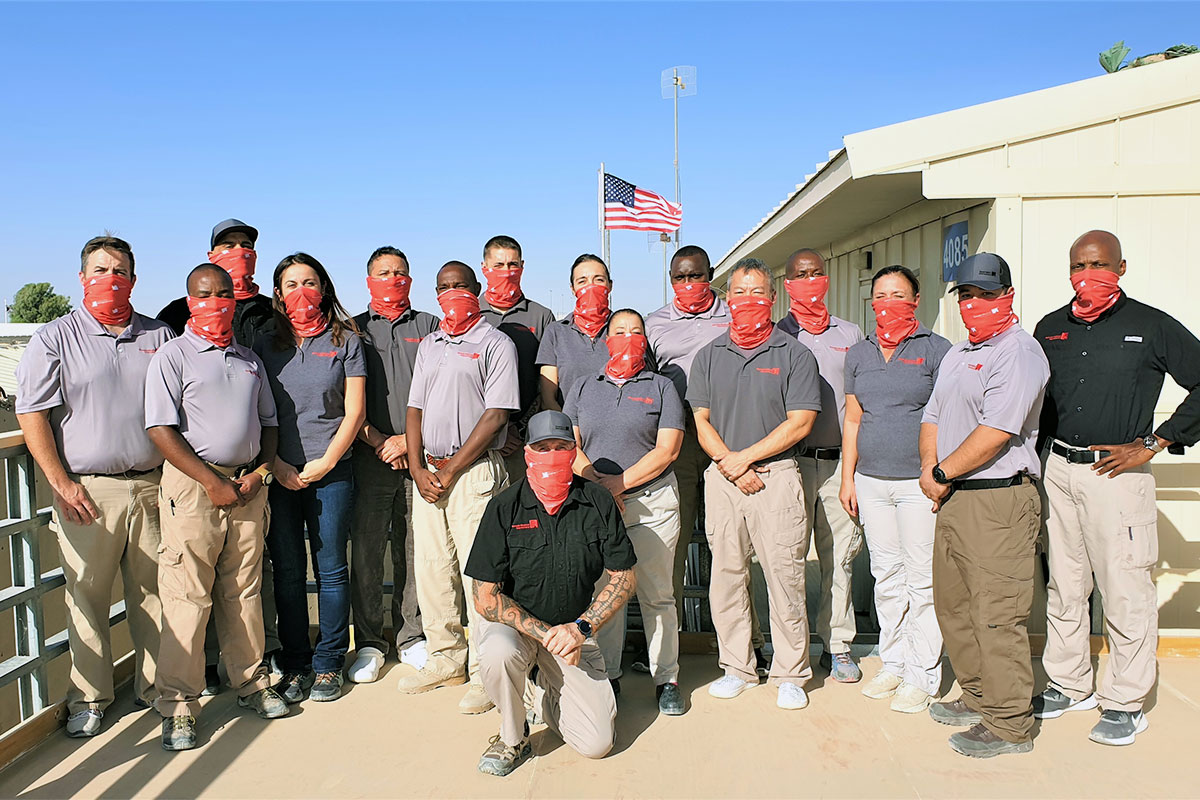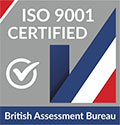At 3pm PST, a man working on a remote island in the Pacific Ocean presented symptoms of a myocardial infarction (heart attack). With one small-scale clinic, an aging ambulance, and a medical staff of two, residents of this particular location are limited in the scope of medical care they can receive on site. Fortunately, five years prior to this particular incident, the individual’s employer established a contract with Remote Medical International® that included the coordination of medical evacuations. As a result of this partnership, the employer was able to pick up the phone and call our Operations Center to initiate medical rescue.
“In a situation that could have easily turned chaotic, one phone call to RMI was all it took to arrange for a medical evacuation,” said Sandy Patel, Remote Medical International’s RN/EMT stationed on the island. “This one call allowed the providers to focus their efforts on the care of the patient.”
Medical evacuations in remote environments require unique capabilities—particularly those in the middle of an ocean. There are only a few air ambulances on the west coast that can make the 2,400 mile trip from the mainland to Honolulu. To put this all into context, this particular island is more than 2,300 miles past Honolulu. Further, because air ambulances are used in the case of emergencies, their availability at any given moment is never guaranteed. Nonetheless, RMI moved quickly and secured a plane within four hours.
The actual flight, however, is never as simple as take-off and landing. To successfully coordinate the evacuation, RMI needed to tackle a number of logistical issues. After all, what good is a plane without a pilot? RMI immediately located a two-person crew with the medical certifications necessary to monitor and stabilize the patient, but once this was achieved there were a variety of legal restrictions from the Federal Aviation Administration to consider. The flight crew, for example, was required to rest for fourteen continuous hours after one cycle of duty. As such, the air ambulance could not fly directly to the island. The flight crew needed to stop in Honolulu to satisfy its legal requirement, so RMI coordinated a hotel for the pilots and remained in communication with the employer as well as the RMI doctor and RN/EMT caring for the patient. Once the air ambulance departed Honolulu, RMI made sure that the island’s airfield was opened and obtained special permission for the plane to land. After successfully loading the patient onto the plane, RMI coordinated with the Honolulu hospital to pre-admit the man and made plans for his employer to meet him there.
By nature, remote medical evacuations take hours, and often days, to complete. Regardless of the speed at which RMI responds, the patient cannot be rescued immediately. This inevitable lag time makes the existence of experienced and skilled on-the-ground medical providers crucial to a successful evacuation. In this situation, the employer recognized the importance of on-site medical support and staffed the island with two RMI medical providers: an ER doctor and an ER RN/EMT. As a result, our medical providers were able to recognize the patient’s symptoms and call for an evacuation. Of equal importance, however, was the providers’ ability to monitor and stabilize the patient until the air ambulance arrived. The evacuation itself is only one piece of the puzzle when preparing for and implementing evacuation coordination. By utilizing RMI’s integrated services, the employer ensured that all employees on the island could be treated and stabilized with quality medical equipment and support. Integration is key in any evacuation process. Visit our website for more information on our medical support and evacuation services.


